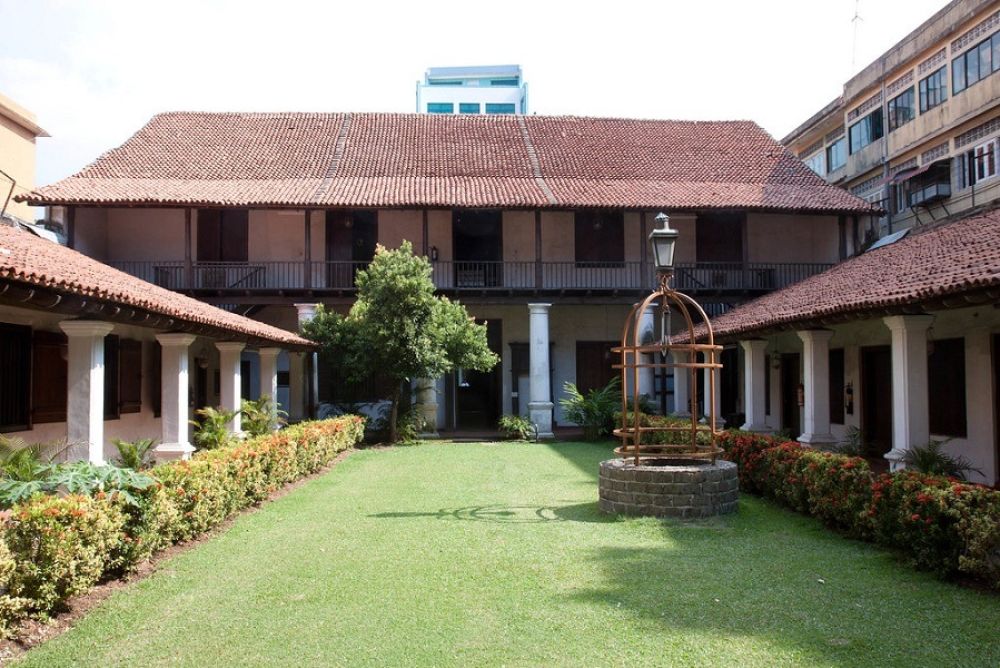

The Colombo Dutch Museum is a historical gem situated in the heart of Colombo, Sri Lanka, which serves as a testament to the Dutch colonial era in the country. Housed in a building that dates back to the late 17th century, the museum was originally the residence of the Dutch Governor and has since been used for various purposes before being converted into a museum to preserve Dutch artifacts and records of the period of their rule in Sri Lanka.
Tourism in Colombo has evolved significantly over the years. The city's allure as a tourist destination began during the period of British rule when it served as the administrative capital. Travelers were drawn to its colonial architecture, the bustling port, and the cultural amalgamation of Sinhalese, Tamil, Moorish, and European influences.
Following Sri Lanka's independence in 1948, the nation gradually became a popular stopover on the hippie trail in the 1960s and 1970s due to its rich historical heritage, stunning beaches, and diverse landscapes. The establishment of the Ceylon Tourist Board in 1966, which later became Sri Lanka Tourism Development Authority, marked a concerted effort to develop and promote tourism in the country, including Colombo.
In the 1980s and 1990s, the country saw a surge in the number of tourists despite the civil unrest that affected tourism growth. Post-2009, with the end of the civil war, tourism in Colombo, and Sri Lanka as a whole, began to thrive once again. The government and private sector invested heavily in infrastructure, hotel development, and marketing campaigns to attract visitors from around the world.
In recent years, Colombo has seen a trend towards more sustainable and responsible tourism practices, with an emphasis on preserving the city's cultural heritage, natural environment, and improving local community involvement. Travelers are increasingly interested in authentic experiences, such as traditional cooking classes, home-stays, and tours that highlight the history and culture of the local population.
Another significant trend is the growth of digital tourism. Online platforms and social media have made it easier for travelers to discover, plan, and book their trips to Colombo. Increasing smartphone penetration and the rise of travel blogs and review sites have also greatly influenced decision-making and travel behavior, leading to a more independent and personalized travel experience.
Moreover, Colombo is focusing on niche tourism markets, including medical tourism, MICE tourism (Meetings, Incentives, Conferencing, Exhibitions), and sports tourism, which is bolstered by international events being hosted in the city.
Visiting the Dutch Museum offers tourists a glimpse into the life and times of the Dutch colonialists in Sri Lanka. Its collection includes furniture, ceramics, coins, and weaponry, providing an insightful look at the Dutch influence on the architectural and cultural development of Colombo. This museum is a must-visit for history buffs and those looking to understand the European impact on Sri Lanka's capital.